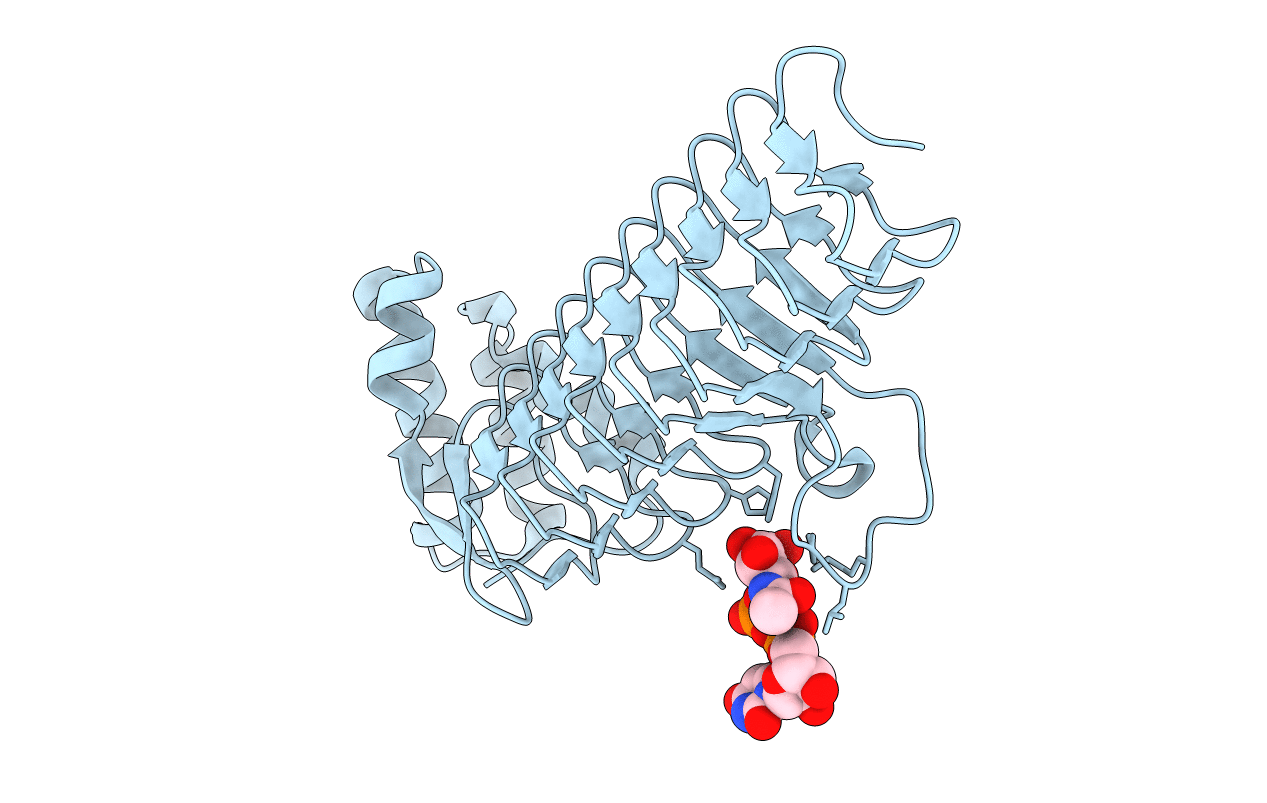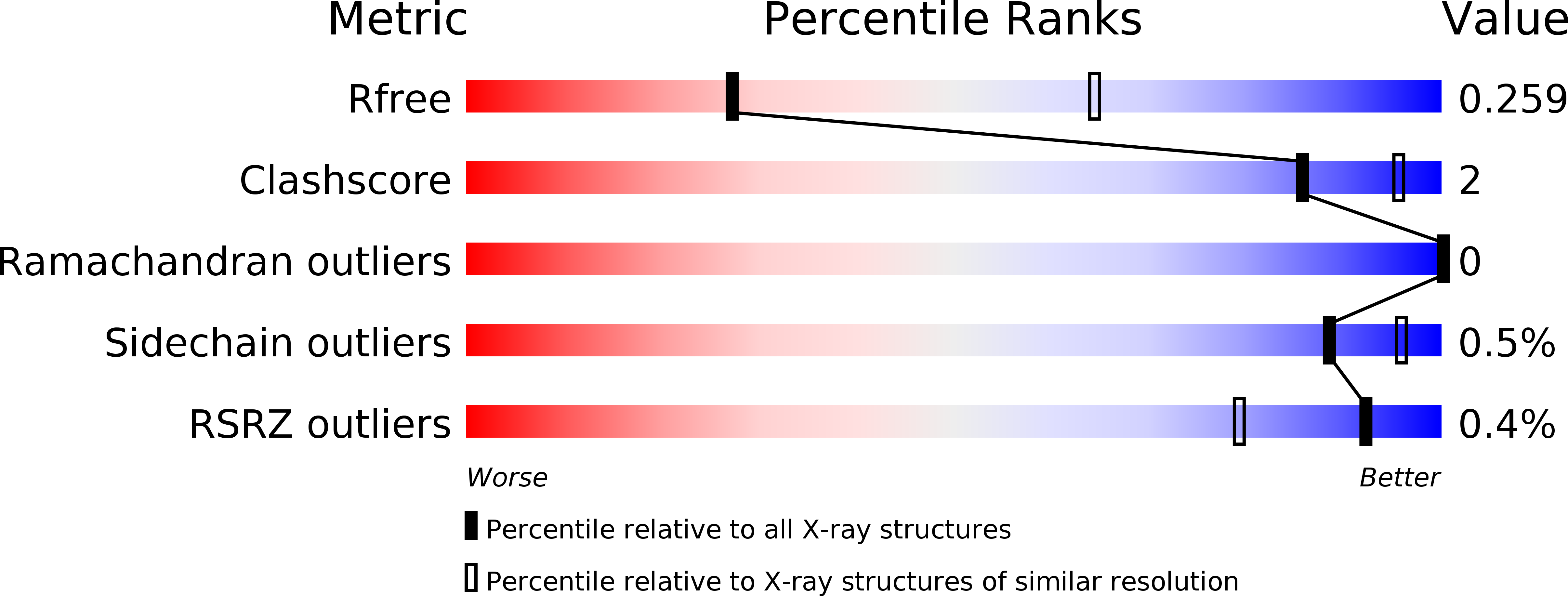
Deposition Date
2007-01-25
Release Date
2007-04-24
Last Version Date
2023-12-13
Entry Detail
PDB ID:
2JF3
Keywords:
Title:
Nucleotide substrate binding by UDP-N-acetylglucosamine acyltransferase
Biological Source:
Source Organism:
ESCHERICHIA COLI (Taxon ID: 562)
Host Organism:
Method Details:
Experimental Method:
Resolution:
3.00 Å
R-Value Free:
0.27
R-Value Work:
0.21
R-Value Observed:
0.22
Space Group:
P 21 3


